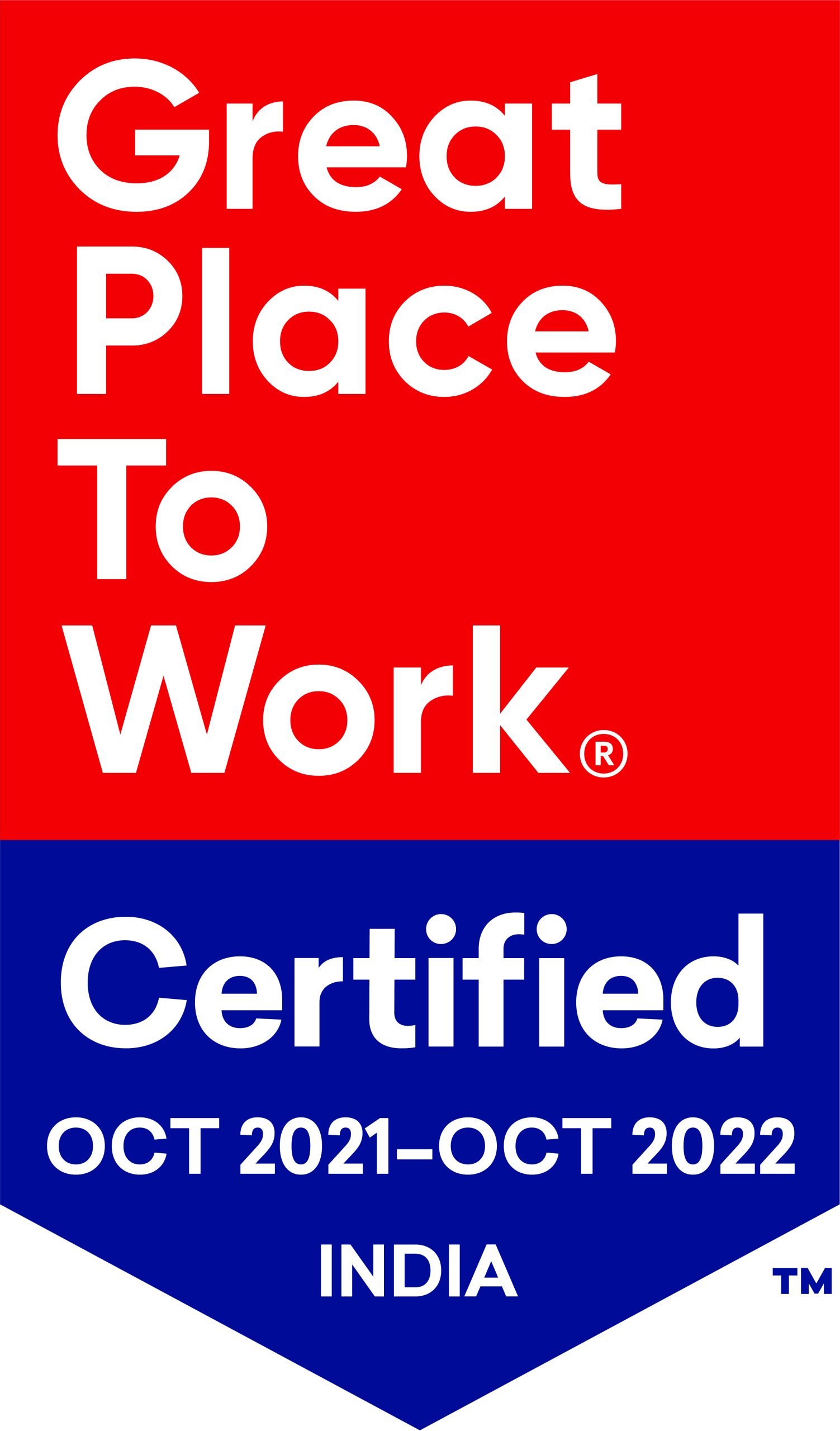My name is today !
India is one of six countries that is home to half of the world’s population of young people living with HIV aged 15-19 years old. Young people make up only 25% of the population in India, but represent 31% of the population living with HIV, which indicates that young people are highly vulnerable to contracting HIV. The only intervention made to address this issue has been to put children and adolescents living with HIV on active care. However, this is the only form of intervention that is implemented and falls short in meeting the other needs of youth living with HIV. There is no accessible programme that sufficiently addresses the mental, physical and socio-cultural issues faced by this population such as self-stigma, disclosure, quality counselling, treatment literacy: adherence of ART, treatment preparedness, social inclusion and carrier goals, sexual and reproductive health (SRHR), positive prevention, accessing HIV service at the adolescent age, condom promotion, and capacity building.
Due to the current lack of platforms available to communicate and share resources among young people, not only they increase their risk of acquiring HIV, but also feel isolated and are not equipped with the information to cope with their situation. Therefore, creating an open and accessible space for young people to share their experiences and gain access to accurate information will capacitate them to make more well-informed decisions about their health.
During 22nd International AIDS Conference in Amsterdam, the first ever special youth session was organised called ‘#PassTheMic: Meaningful participation of youth in the AIDS response’. Major issues addressed by youth from the panel were need of self-acceptance and quality counselling, access to stigma free HIV services for adolescents, sex education & SRHR, treatment preparedness and adherence counselling, appropriate IEC materials for youth living with HIV and for the youth at high risk, disclosure, tuberculosis in children, adolescent and youth. Young panelists also demanded safer spaces and fresh voices at each and every step of response to end AIDS by 2030. Youth should be involved in decision making process as well as needs for mentoring policies and programme and budgets by building capacity and leadership in them.
Eventually, the safe spaces for youth need to strive to engage young people in a conversation about HIV and related issues and build a strong voice to be heard across India because the timeline to ‘end AIDS by 2030’ is nearer than we think.
The author,Chinmay Modi, is part of National Coalition of People Living with HIV and was part of #PassTheMic session held at IAS Conference 2018 in Amsterdam.
Other Recent Articles
- Yoga for Wellness: Supporting People Living with HIV & NCDs 25 June, 2025
- The Unsung Heroes of HIV Care: Outreach Workers under the Vihaan Programme 8 May, 2025
- Men’s Mental Health Matters in HIV Care 1 April, 2025
- Transforming Lives through Health Interventions: My Visit to Narmadapuram Prison 11 July, 2024
- HIV and Ageing: Understanding the Unique Needs of Older Adults 20 May, 2024
- Youth Voices: Life with HIV in Contemporary India 26 September, 2023
- Empowering Transgender Community to create an Equal World 20 July, 2023
- Combating Stigma and Discrimination Among People Living with HIV 7 July, 2023
- Understanding the Significance of HIV Testing: Impact on Individuals, Relationships, and Society 22 June, 2023
- Empowering Lives during Unrest l Our Commitment to Manipur 5 June, 2023
- Made by Nicdark - Copyright 2020
- donations@ong.com
- volunteers@ong.com
- contact@ong.com
India HIV/AIDS Alliance (Alliance India)
A not-for-profit Section 8 Company with Registration No: U85310DL1999NPL098570
Contact
-
6, Community Centre
Zamrudpur Kailash Colony Extension
New Delhi – 110048 - +91-11-4536-7700
Download
©2021 All Rights Reserved by Alliance India



